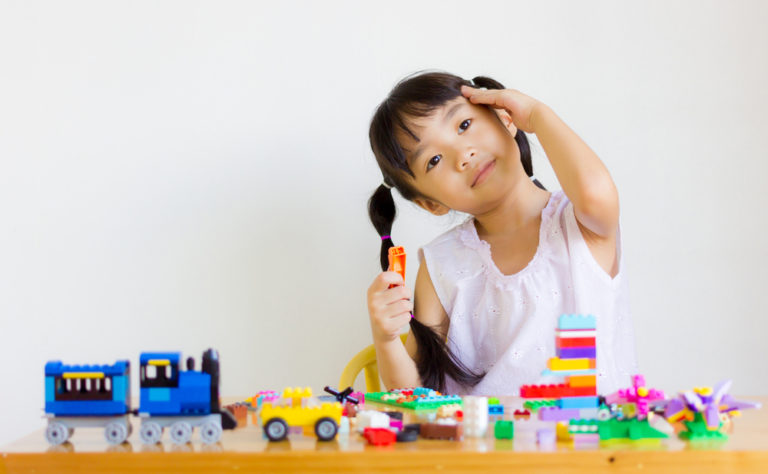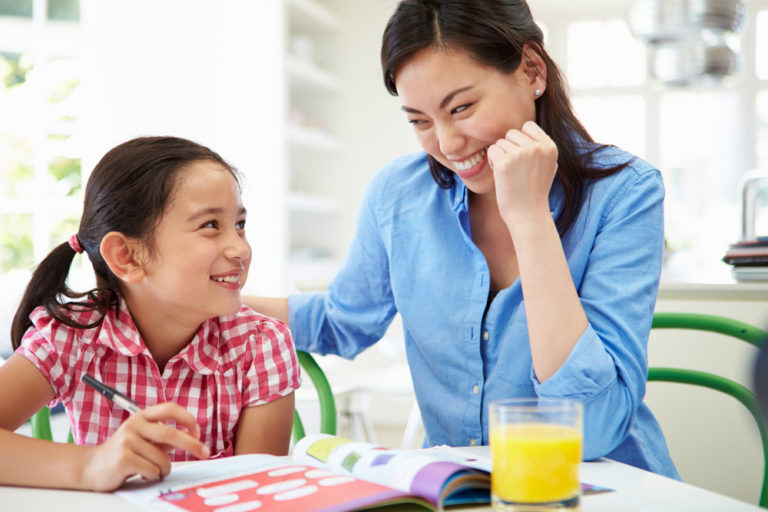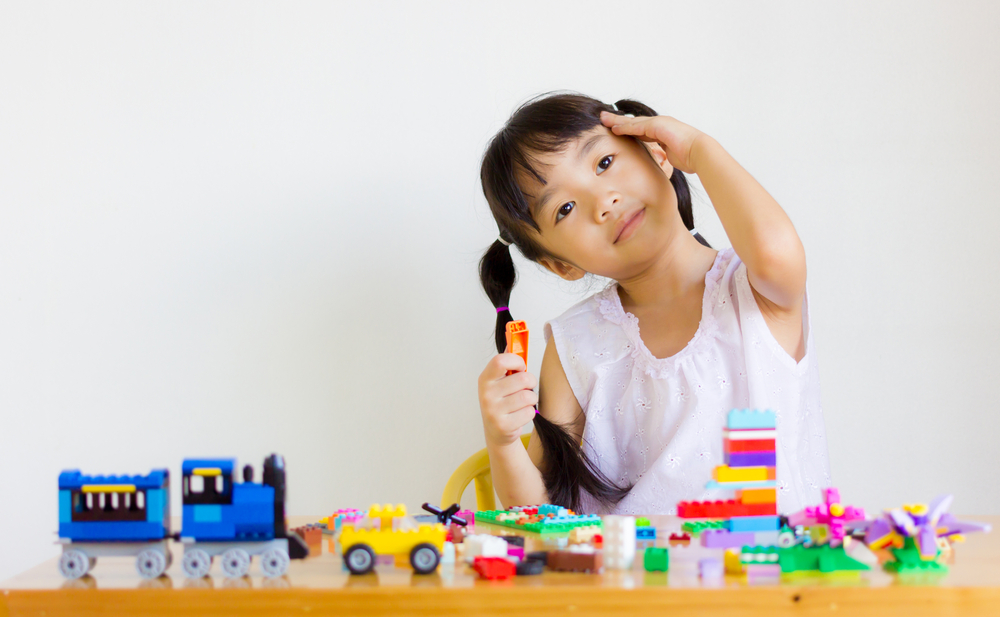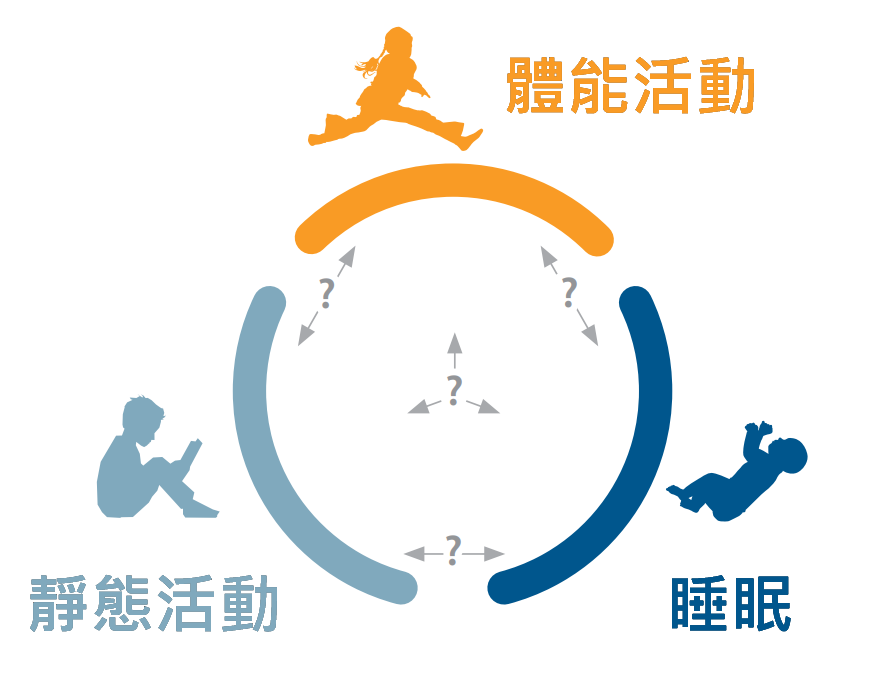Parenting Tips
Uncategorized

Written by:Gigamind English Primary School Principal Law
There is a Chinese saying: “Raising a child for 100 years old is a long-term worry for 99 years. This speaks to the heart of thousands of parents. As the weather turns colder, you are busy adding clothes for your child, but when you see other people’s children running and jumping around wearing only a single coat, you may worry that he is too warm and less able to adapt. If your child doesn’t listen to you and does what he wants to do, you will be annoyed, but if he asks you for everything, you may worry and say, “Oh! Didn’t I teach you that? Why don’t you always know how to adapt?
The power of adaptability from the movie
Spontonsive Flexibility is an element of creativity. If you know how to adapt, you can solve a problem in a different way.
Have you ever seen the movie “Apollo 13”, which is based on a true story? One scene of the movie tells the story of the runaway spacecraft, filtering toxic gas equipment is broken, scientists found that to solve the problem, we need to connect a round interface to a square interface above. Different sizes of water pipes cannot be reliably connected, but they want to connect the round interface? Sounds like you know it is impossible, but if you cannot connect the filter cannot pass the toxic gas, the three astronauts will not be able to return alive! In the end, with the cooperation of each other, they used plastic bags, cardboard, tape and other things to connect the two different interfaces, successfully solved the problem.
Difficulties are an opportunity to develop adaptability
As the saying goes, ” poverty leads to change, change leads to adapt “. The word “poverty” in this context does not mean “poor”, but “at the end of the road”, or “in difficulty”. When things seem to have come to a dead end, only some alternative or different methods can solve the problem.
Fostering adaptability requires that children face difficult problems, think about them, and try to solve them in different ways. In fact, children have to face a lot of problems every day, such as math problems, crafts, and model building, which require them to solve problems. We can make full use of these opportunities to develop their adaptability.

Inclusion of children’s ideas
We need to be mindful that developing children’s adaptability requires an attitude of tolerance and acceptance of seemingly silly solutions to problems. Since adults have more experience and are better at solving problems than children, they sometimes feel that the solutions children come up with are not good enough. However, the most important thing is that these solutions were thought up by the children themselves, and they can work. Even if they don’t work, they probably make some sense and can barely do it. No matter how “dumb” a child’s approach is, every success and every parental support gives him or her more confidence to solve problems in the future.
Letting your child try
Adults may be able to figure out solutions to problems faster than children, so we need to give children enough time to think and try, and not rush to tell them what they think. Parents should let go of their children and let them face difficulties on their own. “Poverty leads to change”, and the motivation for “change” will be weakened with too much help.

This is the difficulty of being a parent. If you help too much, you worry that your child will not know how to solve problems on his own; if you help too little, you worry that he will not be able to catch up with others; and with so many things to deal with every day, how can you have time to let your child take his time to finish what he has to do every day? However, there are times, such as during the holidays, when we really need to consider slowing down the pace of life and allowing our children to do more of their own work, learn to solve problems in their own way, and develop adaptability.




